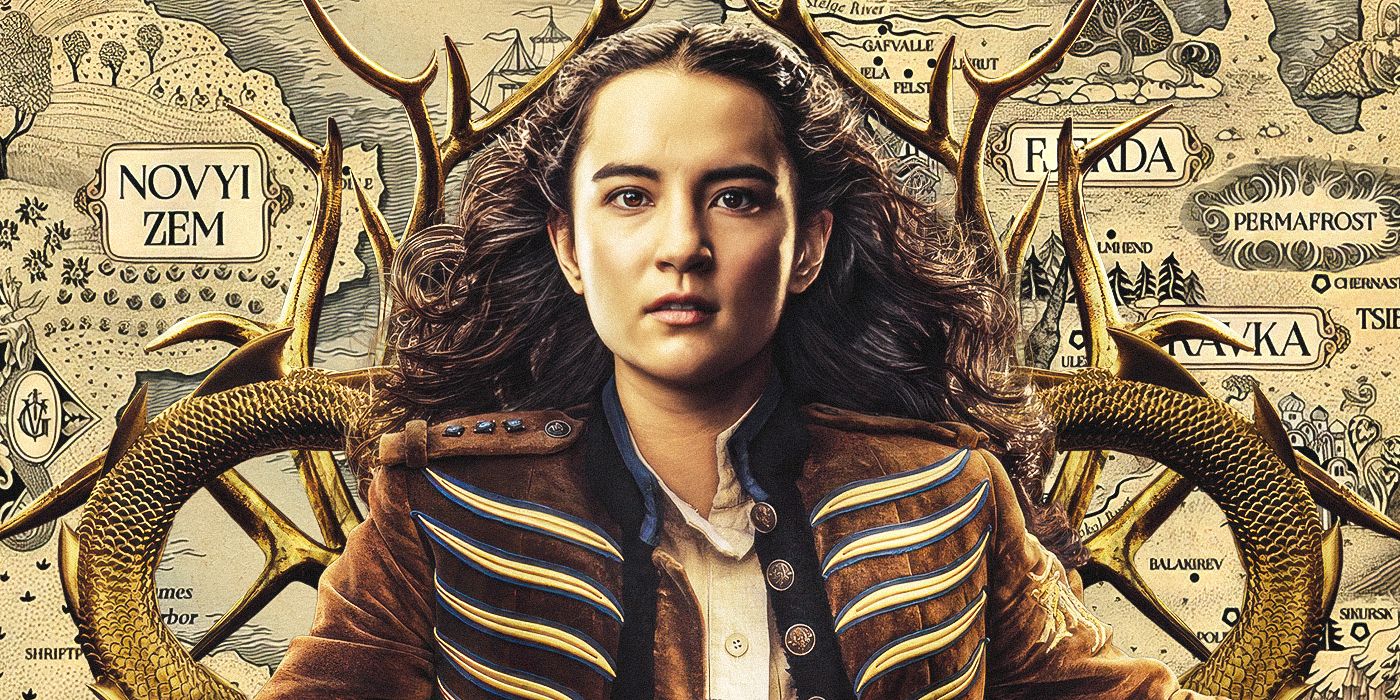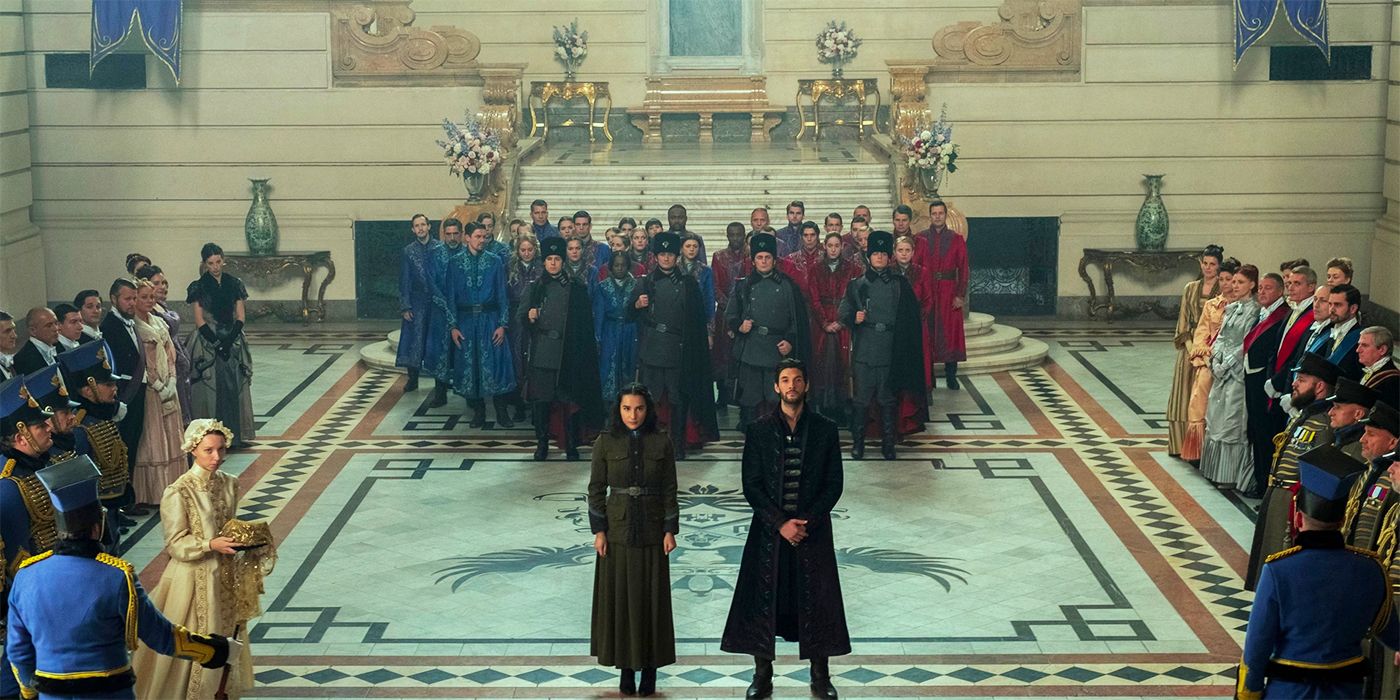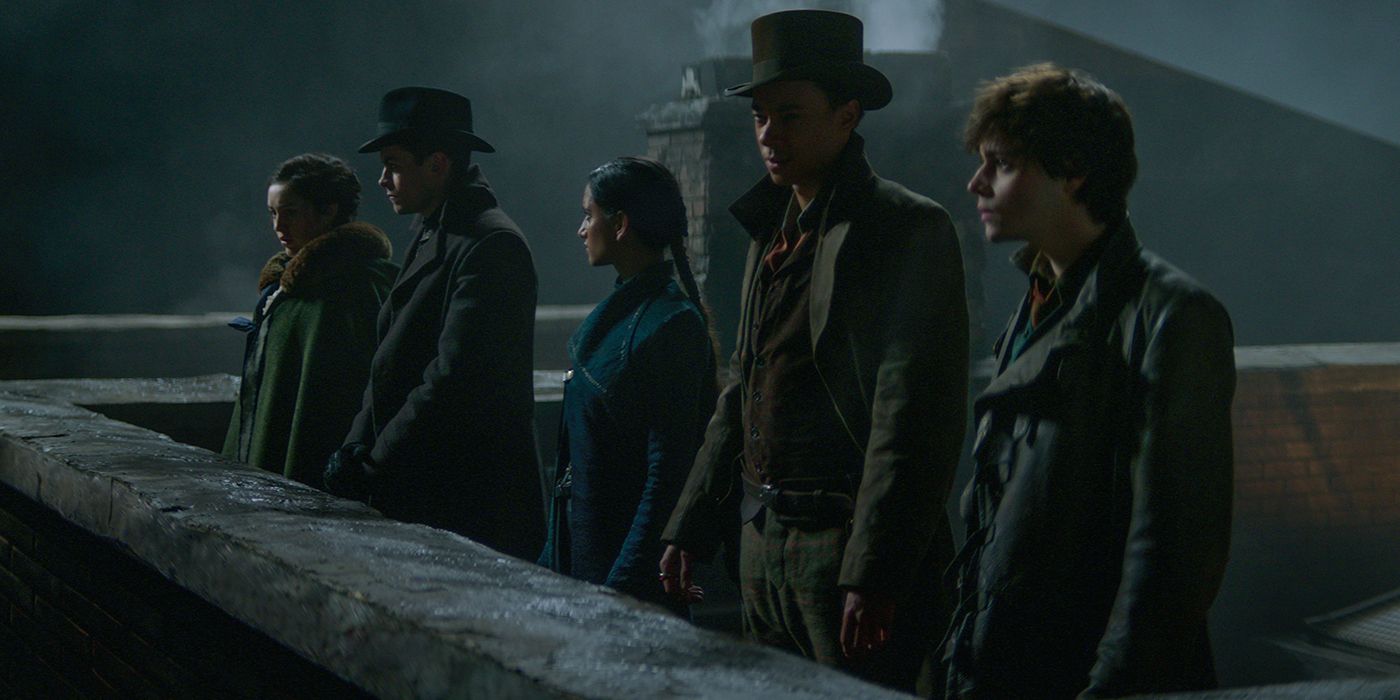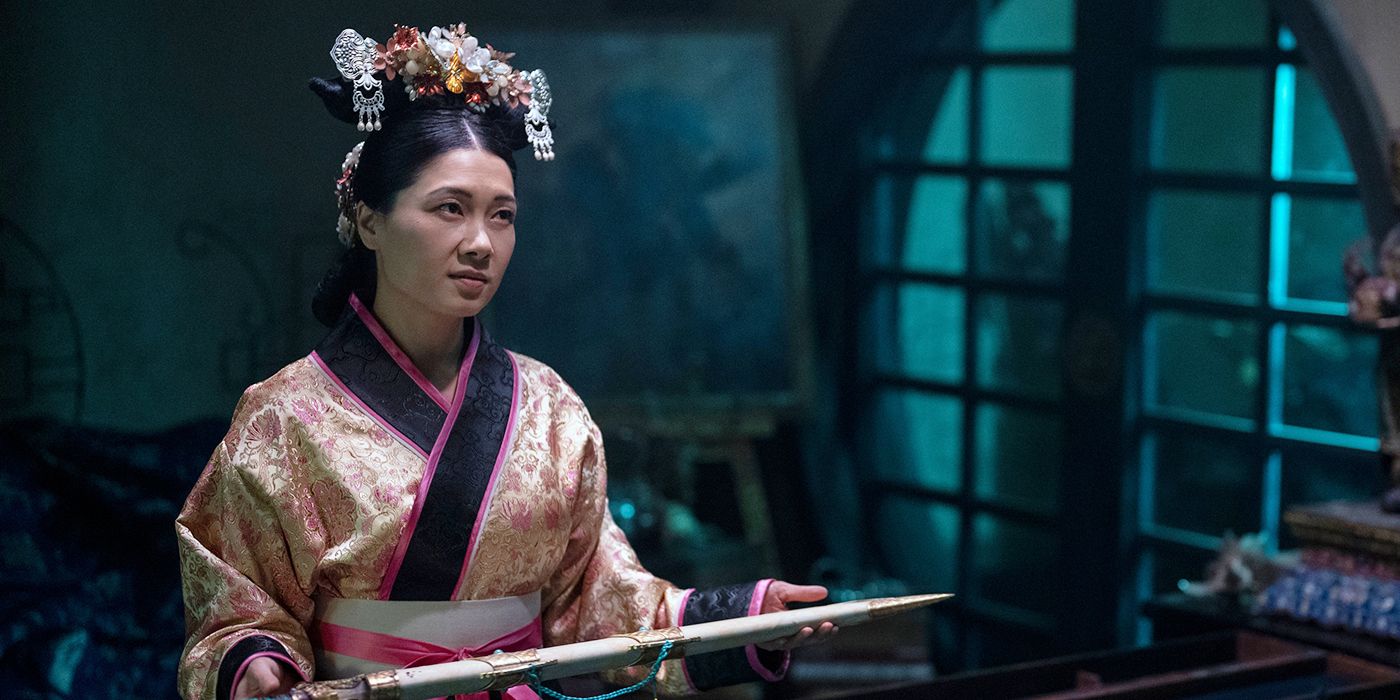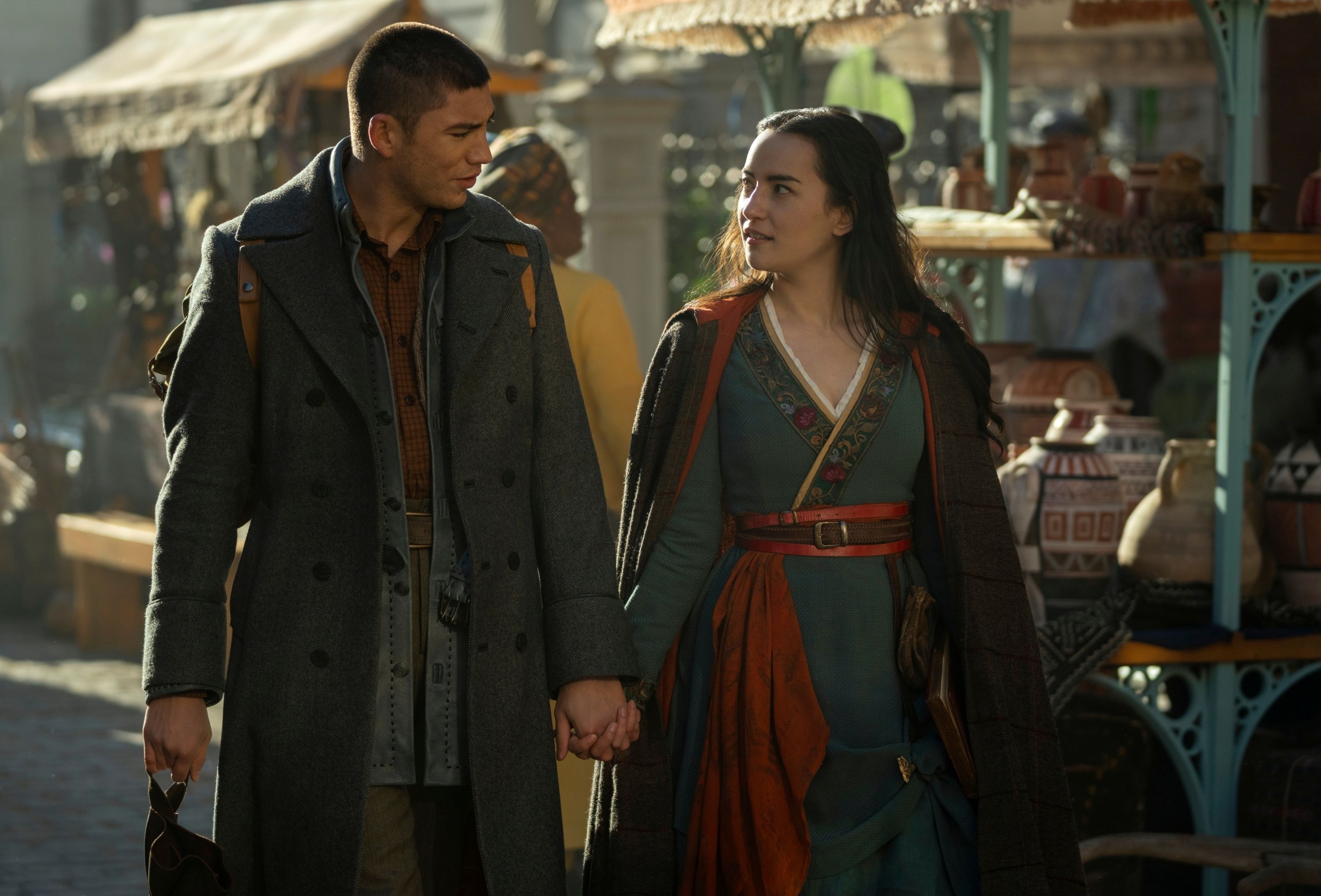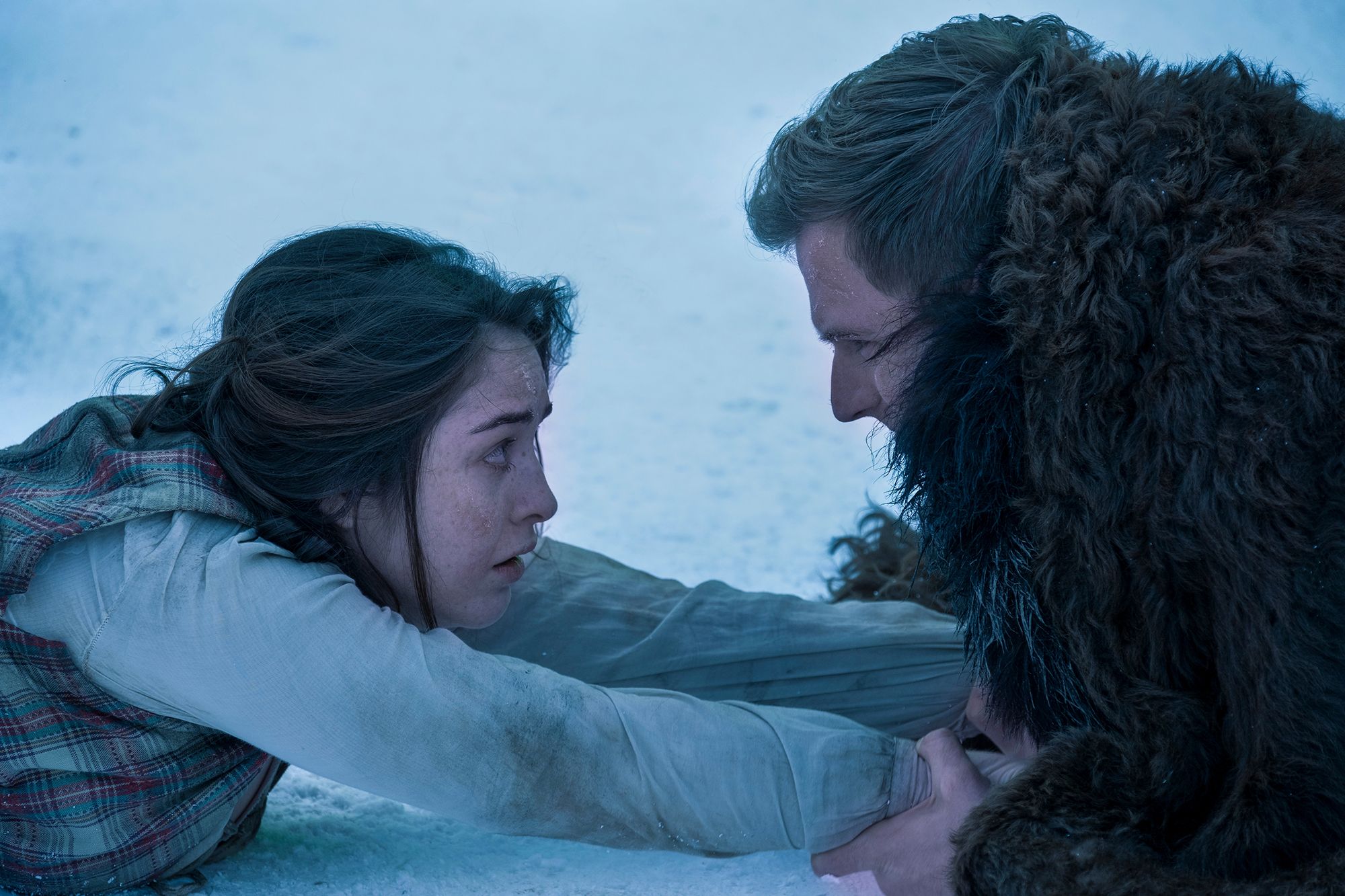World-building is arguably the most fun part of writing and reading fantasy novels, but when translated to the screen, it's hard to keep up with all the name-dropping and wider implications of each region. Shadow and Bone is set in the incredibly complex Grishaverse that, if you haven't already devoured the novels, may be difficult to navigate. Whilst most of the action primarily takes place in the nation of Ravka, we see snippets of other illustrious settings and hear about others. This guide should help to handle this world including the rivalries, alliances, sociopolitical environment and inspirations.
Ravka
Bordered by two nations and the True Sea, Ravka is the largest country on the Grishaverse map and is where the majority of the show takes place. To its north is the frosty country of Fjerda, separated by a veil of permafrost that takes weeks to cross, and to its south is Shu Han, divided by a mountain range. Ravka itself is divided into East and West Ravka due to the Fold, a scar-like wall of darkness created by the twisted magic, merzorst, that was wielded by a powerful Grisha known as the Black Heretic. The bulk of Ravka lies east of the Fold, home to the capital, the Grand Palace of Os Alta, and the Little Palace, where Alina Starkov (Jessie Mei Lee) and other Grisha are trained. Ravka's military consists of the First Army, filled with human soldiers, and the Second Army, comprised of Grisha soldiers led by General Kirigan (Ben Barnes). However, their close affiliation with Grisha is the cause for almost constant warring and the redefining of borders with their neighboring countries. Ravka is also no stranger to internal conflicts, as we see rallies against the monarch and Grisha in power among the West Ravkans, who wish to create an independent country.
Author Leigh Bardugo was inspired by Russian culture, aesthetic, language and architecture, specifically the Tsarist Empire of the 1700s-1900s, when designing Ravka. The show also drew on these inspirations, evident in the red and yellow posters of the Sun Summoner plastered on brick walls in Novokribirsk Town Square in West Ravka, echoing the Tsarist propaganda from the Russian Empire. Ravka is also where Inej (Amita Suman) and Zoya (Sujaya Dasgupta) are originally from; they are Suli, part of the nomadic population that roams the valleys of Ravka. The Suli are renowned for their traveling circuses and performers, and popularly revere the Saints, reflected in Inej's nimbleness as the Wraith and her religious values.
Kerch
Kerch is an island off the coast of Shu Han, but is connected by land bridges, and is home to the port city Ketterdam, where we meet Kaz Brekker (Freddy Carter) and his gang of Crows. The show only really depicts the Barrels, the poorest part of town controlled by rival gangs and violence. As such, the island remains politically neutral and is only concerned with wealth, strength and notoriety. The Crows are a part of the influential Dregs gang run by Per Haskell whose power is rivaled only by Pekka Rollins' Dime Lions. Slavery is also a prominent trade in Kerch, despite its status as illegal. Subsequently, merchants and people desperate for work exploit loopholes that allow them to sell themselves in auctions under indentures that take years to pay off, a euphemism for slavery. The aesthetic of the costumes and streets of Ketterdam parallel those of Victorian London and the 1700s Dutch Republic, although it is hard to say if Bardugo took direct inspiration from them.
Shu Han
The second season of Shadow and Bone involved a Crow heist that was set in the bustling streets of Shu Han. Located south of Ravka, the colorful and vibrant country is dedicated to innovating scientific advancements and novel technologies. The name, Shu Han, and the lively patterns across the town are directly inspired by Chinese and Mongolian cultures. Yet beneath the dazzling appearances lies suspicions of capturing and experimenting on Grisha, which is explicitly dealt with in the book, Six of Crows. Since it seems that the third season will include the Six of Crows plot, this rumor may still hold true in the show. The final scenes of Season 2 introduce jurda parem, an addictive drug that exponentially amplifies the powers of Grisha, created by a Shu scientist. As such, conflicting ideologies regarding Grisha is the basis of the hostility between Ravka and Shu Han. This is why Alina is met with animosity in the orphanage and the Grisha army, as people label her as Shu despite only being half-Shu and half-Ravkan.
Novyi Zem
Located on the far side of the True Sea, Novyi Zem manages to evade conflict from the three primary powers of Ravka, Fjerda and Shu Han. As we see briefly in the first episode of the second season, the elusive nation is a refuge to those escaping war and persecution. It is considered a safe haven for Grisha, allowing them to tend to their craft and flourish. Jesper Fahey (Kit Young) was originally from a farm in Novyi Zem, where he lost his mother and stayed with his father. The Zemini's primary agricultural output is jurda, the harmless variant of jurda parem that simply stimulates the mind. The country is based on the early agricultural colonies of the United States and Australia prior to their independence from Great Britain.
Fjerda
We are briefly introduced to the icy terrain of Fjerda in the first season of the show when Nina Zenik (Danielle Galligan) travels with Matthias Helvar (Calahan Skogman). If the series decides to follow the Six of Crows storyline, we will see more of Fjerda including the impenetrable Ice Court. North of Ravka, Fjerda is nation that was raised to believe Grisha were abominations and akin to demons since they lost a war to the Ravkan Second Army. Their pride and joy is their corps of witch-hunting specialists, the Druskelles. The Druskelles are trained to despise Grisha and actively hunt them; they also create close bonds with their companion wolf, as demonstrated in Matthias' fight scene in Hellgate where he refuses to attack the wolves and instead connects with them. The citizens are also deeply religious, worshiping and serving the god Djel, which is linked to the sacred ash trees. The society itself is highly conservative, adhering to traditional gender norms, which is why Matthias is taken aback by Nina's boisterous and outspoken attitude. Fjerda itself is inspired by the frosty Scandinavian topography and aesthetic.

